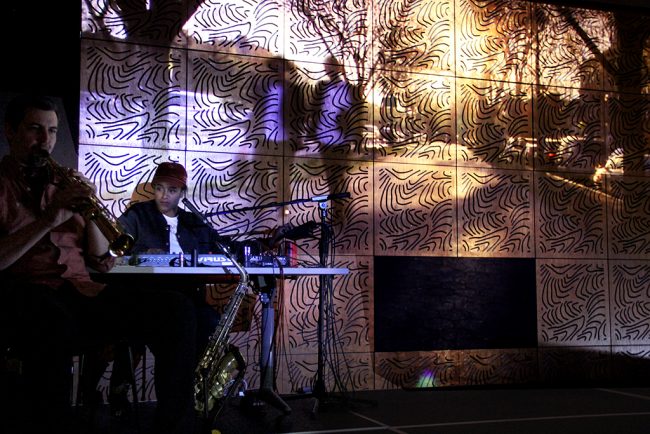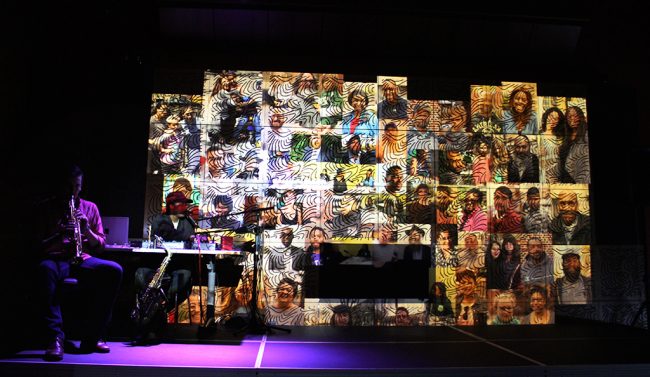
We are celebrating 15 years — and counting — of stories that are deeply researched and deeply felt, that build a historical record of what the city has been.
We are celebrating 15 years — and counting — of stories that are deeply researched and deeply felt, that build a historical record of what the city has been.
On August 19, 1991, in the Crown Heights neighborhood of Brooklyn, the presumed Messiah of the Lubavitcher sect of Hasidic Judaism was returning from a visit to his wife’s grave in Queens. Just after 8 p.m., a member of his motorcade ran a red light and struck another car, veering off the road and into two young children of Guyanese immigrants. A Hatzolah ambulance, serving the Hasidic community, arrived on the scene soon after the police, and on an officer’s orders — a detail only later reported — picked up the Hasidic driver but not the injured children. One, Gavin Cato, died on the street.
Resentment of the seeming disregard for the Cato children, the growing Jewish presence in the neighborhood, and the city’s perceived favoritism toward the Jews — why did the Rebbe have a city-provided police escort anyway? — erupted into chaotic protests among the black community. “No justice, no peace” echoed alongside “Heil Hitler” and “Kill the Jew.” Close to midnight, a group of about twenty young men surrounded the car of Yankel Rosenbaum, a rabbinical student from Australia, and stabbed him to death. The rioting continued for three days and led to a lawsuit from neighborhood Jews accusing David Dinkins, New York’s first black mayor, of instructing his police force to let the protesters vent their rage.
Years of conciliation efforts between leaders of the two communities led from riot to quiet. But to hear the story told, now as then, is to hear wildly conflicting details that all point to underlying tension between communities living uneasily, and unmixed, side-by-side.
On April 30 and May 1, at Weeksville Heritage Center in western Crown Heights, a new production explored the riots and the drama that has since unfolded on the splintered stage they set. Anthology: Crown Heights is a community oral history filtered through performance. When creator Xandra Clark moved to the neighborhood in 2013, she “recognized how segregated the community still was,” as she notes in the playbill, and questioned her place as a gentrifier in a gentrifying land. She put together an ensemble of four other local artists and began an exploratory neighborhood dialogue. For the show, Clark conducted 26 interviews with community members — old rabbis and Caribbean immigrants, newcomer yuppies and black American children. They spoke about the neighborhood 25 years ago (those who remembered, anyway) and the changes happening now, about their communities and the community writ large. The performance weaves the audio interviews, played over video footage of pedestrians on Eastern Parkway, with interpretive dance, poetry, drama, and instrumentation.

Saxophonist Josh Marcus and synthesist Taja Cheek perform over video footage of Eastern Parkway’s pedestrian paths and audio oral histories | Photo by Maridee Slater
In Anthology, the faded horror story of the past presses uncomfortably on the present. Twenty-five years later, some of the same tensions — a growing non-majority presence encroaches on a community and receives preferential treatment — are reemerging, transposed, as Crown Heights wrestles with rampant gentrification. From 2000 to 2014, according to NYU’s Furman Center, the white proportion of Crown Heights’ population more than doubled and the black population declined by 13 percent (while remaining the majority). Median rent in the area increased by more than 30 percent. Huge turnover in neighborhood businesses and housing, centered around Franklin Avenue north of Eastern Parkway, is stoking worries that people — especially black people — will be priced out of their own lives.
The attendant stresses and tensions of that change are palpable onstage. Mournful saxophone and synthesizer music overlays the taped interviews, and short dramatic scenes are interspersed alongside monologue and dance. Poet DK Wright, who expresses ambivalence as a recent black arrival to the neighborhood, performs a piece exploring growing feelings of physical entrapment, beginning his recitation with outspread arms and crumpling inward. Dancer Molly Mingey interprets the weight of Crown Heights’ history as stickiness, and lurches in jerking, can’t-shake-free movement through the room. The performers roam the audience intermittently, a physical fourth-wall breach that muddles the outlines of who is part of the show. At times they act out one another’s characters — white women as black men and vice versa — in an effort to break down presumed barriers of identity.
This is turf to be trod gingerly: As gentrification erases narratives, the question of whose story may be told by whom is a delicate one. The show’s gambit is to reimagine the “community” of Crown Heights as not only its deeply rooted residents but also the recent arrivals, conceived as more than an occupying force. To be a community member, the show suggests, is to become entwined in the shared history of a place and engage its collective conscience. Even as a (gentrifying) Crown Heights resident for some years, I was unaware of just how raw the riots were, and of much of the neighborhood’s history besides. The show includes young newcomers confessing the same while expressing a desire to live in a more engaged way. Meanwhile, black voices decry feelings of invisibility in their own home.
A talkback with the audience follows the performance. On the night I attended, several people felt that too much weight had been given to the voices of the newly arrived, who made up a majority of the onstage cast. (Only one of the five artists, synthesist Taja Cheek, grew up in Crown Heights). This was, a woman in the audience suggested, actually a “show about white guilt,” which failed to tell the neighborhood’s true story. But as she and others in the audience shared this verdict their rebuke worked its way into the night’s narrative as well. One woman laid blame at the feet of discriminatory police, and another spoke of the importance of eye contact and hellos in building connections. The show, like gentrification itself, is a totality of things, and each voice involved acted as a part of the whole. This was always the intention, Clark suggested to me; organic and participatory from its conception, the show allowed for as much conversational response as for performance itself.
In its reliance on a host of characters to tell a complex tale, Anthology connects with other ensemble treatments of gentrification, like the ongoing There Goes the Neighborhood podcast from WNYC and The Nation. It also harkens obviously to Fires in the Mirror by Anna Deavere Smith, under whom Clark studied and who was an inspiration for Anthology. For that one-woman show, which debuted in 1992, Smith performed verbatim monologues from her nearly 30 interviewees on the Crown Heights riots to paint a portrait of a neighborhood riven by distrust and misunderstanding. A difference in Clark’s show is that everybody tells her own story, with the taped interviews forming the performance’s spine. Their many accents and lilts are a reminder of a neighborhood with a fantastically diverse cast. Moreover, Anthology’s multimedia approach allows for a more free-form exploration. The crowdsourcing of narrative, in this case, is a sort of bet-hedging: If everyone is allowed to weigh in, the risk of telling the wrong story, of missing the point, diminishes.
The performance took place in the Weeksville Heritage Center, a glass-sided museum built to honor local black history. In 1838, a freedman’s community was founded and became a hub of black life in the region, publishing one of the nation’s first black newspapers and acting as a haven during the 1863 draft riots, when white Manhattanites attacked the island’s black residents. A few of the community’s standalone houses were preserved in the 1960s and now act as the museum’s central draw. An Amerindian path cuts through the grounds. At risk of sounding hokey, it serves as a subtle reminder that the story of a changing neighborhood is as old as America itself.

Portraits of the oral history interviewees appear for the first time at the performance’s close | Photo by Maridee Slater
During the talkback, an artist from Crown Heights asked, “Who has the jurisdiction to tell somebody’s story?” Clark and her colleagues answered democratically: We should all be telling our stories, talking and, more importantly, listening. Anthology ends with the voices of the interviewees warmly chattering amongst themselves, weaving together into a verbal quilt. Then, silence, and a child asks: “Is there anything else you would like to say?”
Samuel Feldblum is a journalist based out of North Carolina and, when he’s feeling bougie, New York City. He writes about arts, education, and arts education.
Correction: the version of this piece published on June 1, 2016 misquoted the child’s question that concluded the show. The piece has been updated to reflect the correct phrasing of that question.
The views expressed here are those of the authors only and do not reflect the position of The Architectural League of New York.